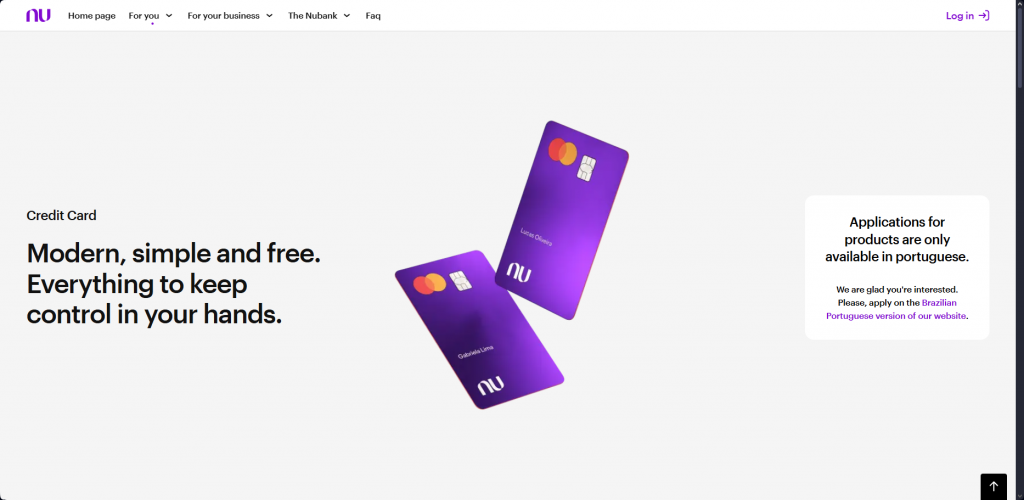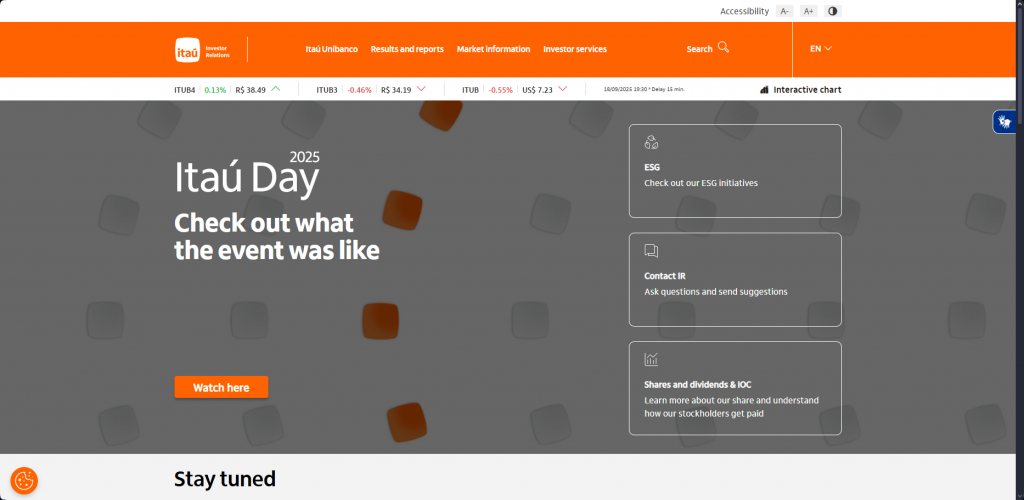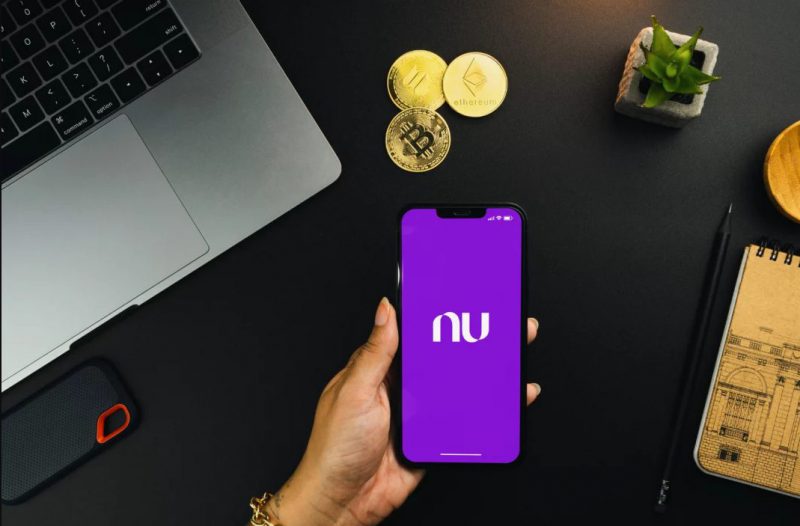Nubank’s stablecoin payments will allow customers to pay with dollar-pegged stablecoins directly through their Nubank credit card, right now. The digital bank announced this integration at Meridian 2025, and it’s marking a pretty significant step in Brazil cryptocurrency adoption along with blockchain banking evolution. This development brings stablecoin payments into mainstream banking services across Latin America’s largest economy, even as some competitors are still planning their moves.
Nubank Integrates Stablecoin Payments into Credit Cards in Brazil

The Nubank stablecoin payments announcement actually represents a major shift in how Brazilian consumers can use their Nubank credit card for everyday transactions. This blockchain banking initiative was revealed during the Meridian 2025 conference, where the bank outlined its vision for combining digital assets with traditional banking infrastructure, along with some other plans.

Building on Previous Crypto Investment Strategy


Nubank’s stablecoin payments integration builds on previous digital asset investments that the bank made over the past few years. The bank initially purchased Bitcoin with 1 percent of its net assets back in 2022, and then expanded by adding four altcoins—Cardano, Cosmos, Near Protocol and also Algorand—in March 2025. These strategic moves laid out the foundation for today’s Nubank stablecoin payments capability.
Market Demand Actually Drives Innovation


Strong regional demand that’s been building up drove the decision to offer Nubank stablecoin payments. Brazilians already use stablecoins for 90 percent of crypto transactions by volume, according to the Central Bank of Brazil, right now. This existing demand for stable digital currencies made Nubank credit card integration a logical next step, even though it took some time to implement.
Similar patterns exist across Latin America as well. In Argentina, USDT and USDC made up 72 percent of crypto purchases in 2024, while Venezuela’s inflation pushed nearly half of small crypto transactions into stablecoins, demonstrating widespread Brazil cryptocurrency adoption trends.
Also Read: Avalanche Powers Korea’s KRW1 Stablecoin With Real-Time Reserves
Regulatory Support Enables Growth
Brazilian regulators support tokenized money initiatives, which is enabling Nubank’s blockchain banking advancement right now. The Central Bank of Brazil explores a digital real alongside comprehensive stablecoin regulations, and Congress debates legal frameworks allowing banks to issue tokenized deposits along with credit products.
Such regulatory clarity will in fact make stablecoins become daily banking products. Rivals are also planning the same – Itau Unibanco will roll out its own stablecoin one the rules become clear and Banco Inter believes stablecoins can complement Pix on cross-border payments.
The pilot program is guaranteed to offer reduced charges, expedited transactions, and even expanded credit in a place where inflation as well as a shortage of banking infrastructure have created enduring issues.The incorporation of Nubank proves that blockchain technology could actually address real banking issues, making finance inclusive and efficient throughout the globe, as the technology is still advancing.
Also Read: Bitwise Seeks SEC Approval for Stablecoin Tokenization ETF





